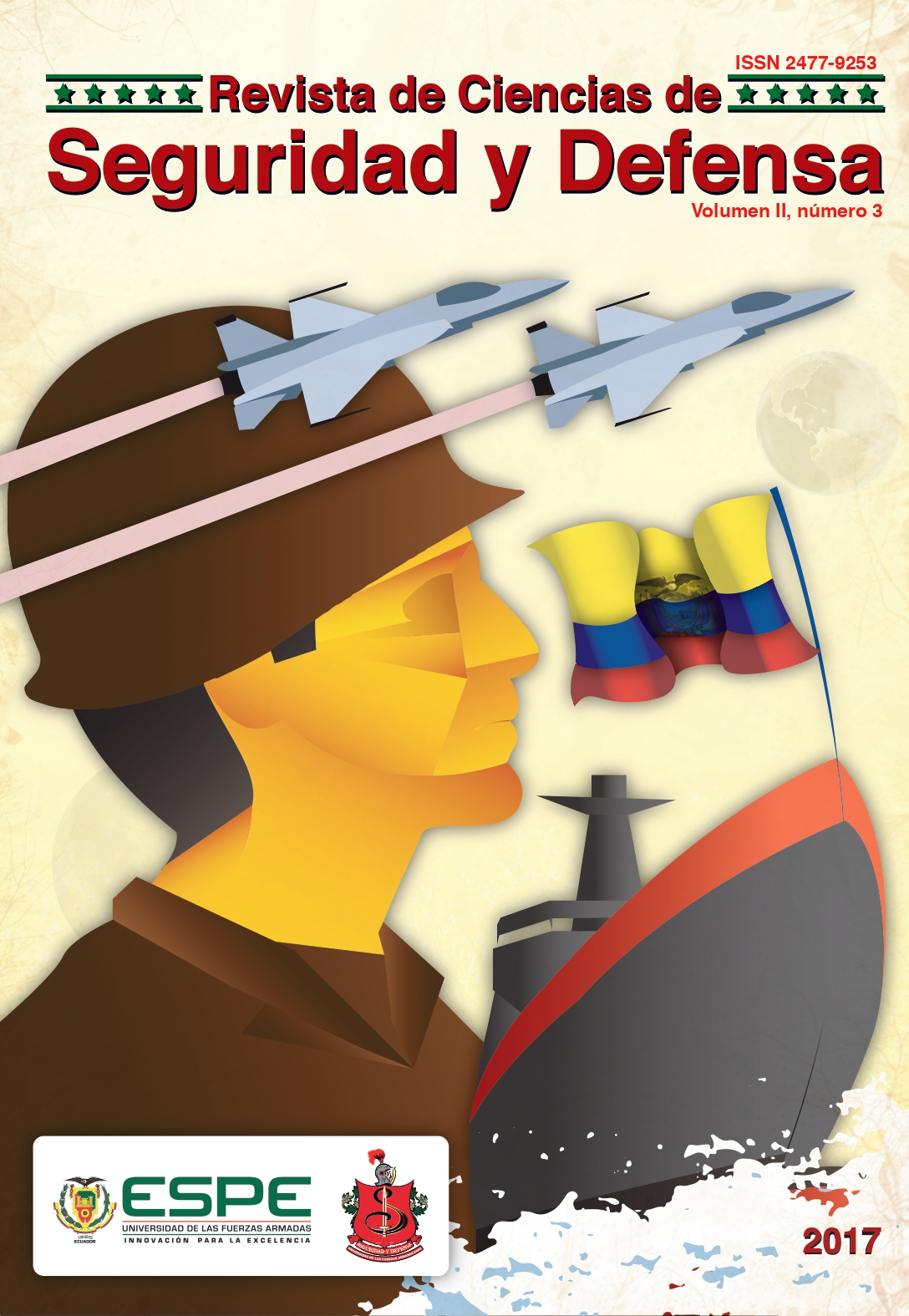ANÁLISIS COMPARATIVO DE LOS IMPACTOS AMBIENTALES ENTRE PROYECTOS SOBRE EXTRACTORAS DE PALMA AFRICANA
Contenido principal del artículo
Resumen
The development of african palm plantations poses significant environmental problems such as: threat against forests, intensive use of chemical inputs, impact on biodiversity and impact on humans. All productive activity generates environmental impacts, these can be positive or negative, so it is necessary to determine and identify what these impacts are, to prevent, mitigate, or remedy to be the case. The target of bibliographic research was to know and identify the most relevant possible environmental impacts both positive and negative in its different main actions for the extraction of african palm oil in order to perform a complete comparative analysis of the environmental impacts. The Impact Assessment in the collected studies was performed using the matrices Identification (Leopold Matrix), Evaluation and Environmental Impacts results. The extractor Palmeras Mariangel Manabi SA submitted a total of 169 and 28 environmental impacts respectively. Finally it was determined that the enviromental factors more disadvantaged and matching in both studies are: affecting groundwater, erosion and soil destruction and alteration of flora and fauna. Moreover the environmental factors more beneficiaries are: job creation, improving the local economy of the zone of the extractor and improving basic services.
##plugins.themes.bootstrap3.displayStats.downloads##
Detalles del artículo
Sección
Politicas de acceso y reuso
El autor, conserva el derecho a ser propietario intelectual del artículo y podría solicitar al Director de la Revista el uso posterior de este trabajo.
El lector, tiene derecho a enviar los comentarios que crea conveniente sobre los artículos de la revista, y a participar en los foros que se organicen en torno de los artículos de la revista.

